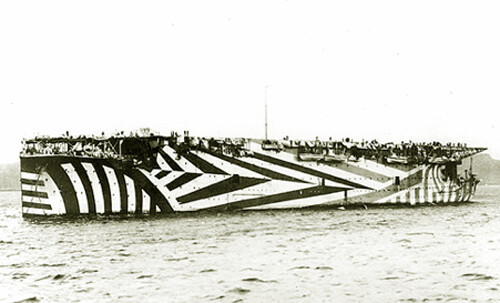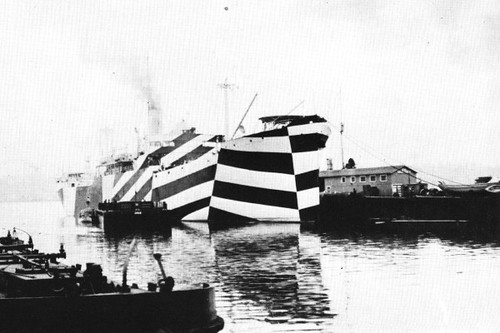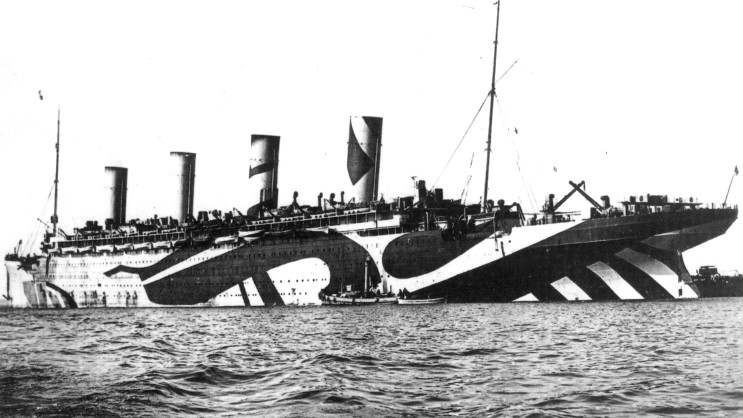



MOS (Hilary Sample and Michael Meredith) won this year's PS1 Young Architects Program. Aware of the global economic crisis, the architects claim, "Today, we are rethinking and resituating architecture - not only its conceptual and formal economies but also its inherent ability to engage and produce visceral intimate environments."
Is it really what the proposal shows? All the news coverages can only describe the project as "a mix of cones, domes, smokestacks, primitive huts, towers or industrial chimneys." Barry Bergdoll said, "Some are tall and chimneylike, heroic cones, others more broad and space-grabbing and evocative of the open ruined vaults of the Roman Forum." Oh, come on! Roman Forum?
What's beyond this bunch of funny shapes? Yes, it does provide shading. But isn't that by definition a function of any type of canopies? A fancy name like "temporary urban shelter" or "passive cooling station" doesn't justify the form. And after all, if this "visceral intimate environment" is the only thing you can come up with when you "rethink and resituate architecture," that's really sad! Barry Bergdoll praised the project as "a return to basics." I really hope the basics of architecture is not just cones, domes, smokestacks, huts, or chimneys.
Well, I am not saying it looks bad - I may like the spaces when it's built. I just have trouble with all the hype. Think about the proposal's name "afterparty." Does that mean to pause and reflect, or to continue? If we were at a party of extravagant iconic forms and narcissistic bullshitting, I certainly hope we are not going to another round of architectural blah-blah-blah. OK OK, I confess. Perhaps I just want to see the inhabitable lumber stack too much... Cheers Jon!







































